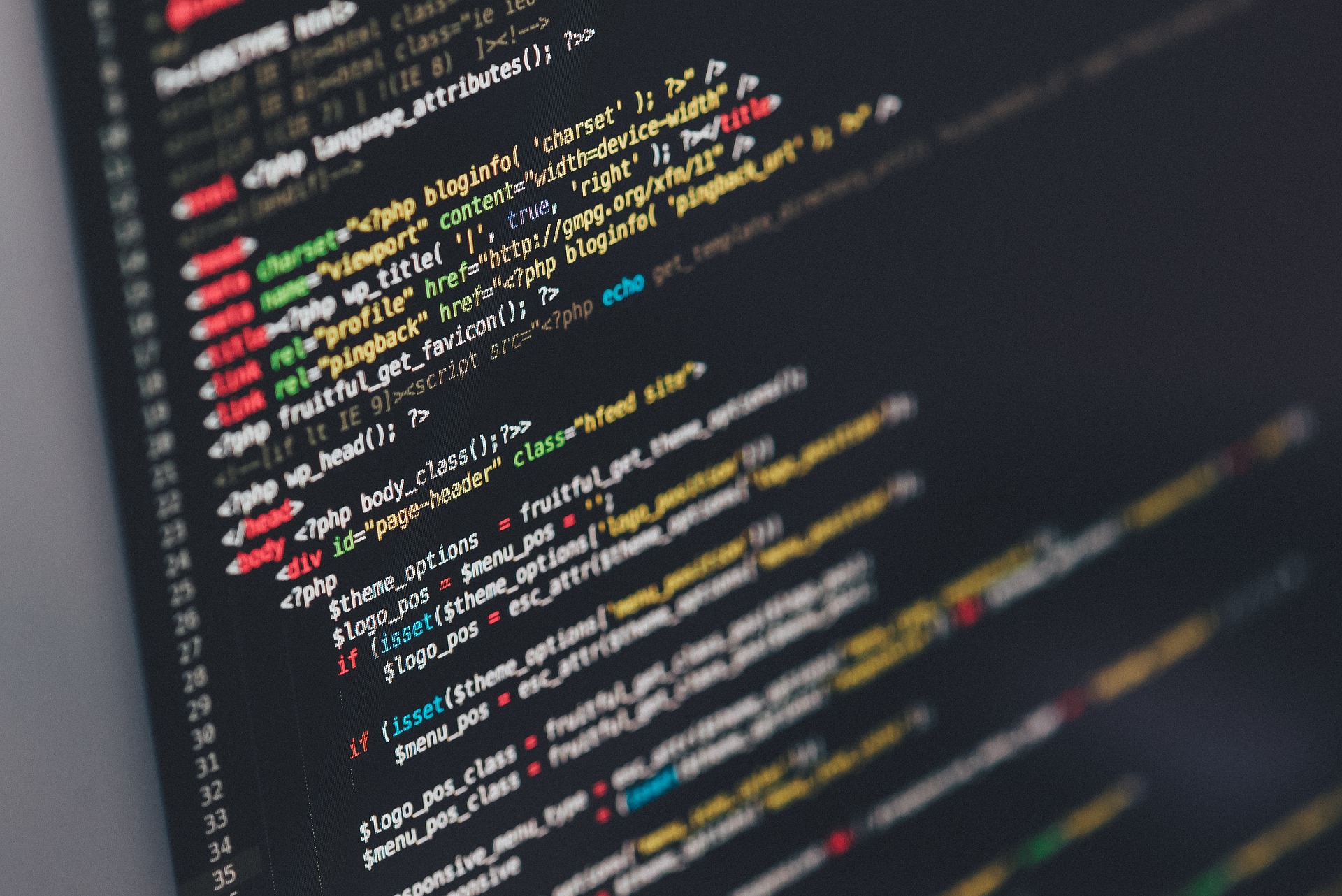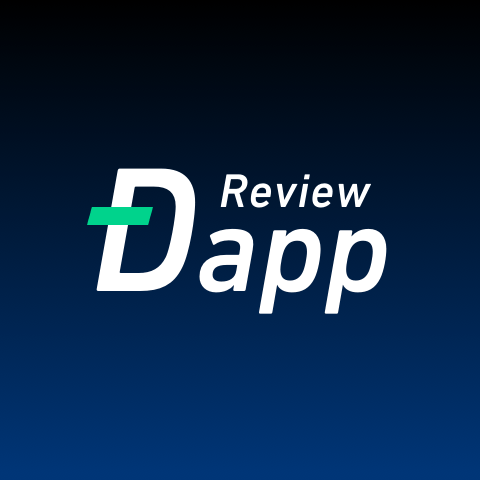Guide: 700,000 NFTs disappeared, 2 million US dollars wasted, and no one has responded to consumer rights protection. Is this a distortion of human nature or a loss of morality? Blockchain games that originally advertised themselves as decentralized, open, transparent, and immutable have seen such centralized operations. Can ERC-721 assets really be confiscated so easily? This issue of "Approaching Dapp" will solve your doubts.

"Let players have real ownership of game assets!"
This is the most frequently used slogan in the pre-sale of blockchain games. If you open any official website of blockchain games, this sentence will definitely appear in front of your eyes after being enlarged and bolded. However, the biggest selling point of this blockchain game was exposed by a player in the past few days as an empty slogan.
On October 5, an MLB Champions player anonymously complained to blockchain game developer Lucid Sight on the Ripoff Report website, accusing it of confiscating his MLB Champions (encrypted baseball) NFT assets worth hundreds of thousands of dollars. The player also claimed that he was not the only victim. Lucid Sight deleted more than 700,000 NFT assets of the player, with a total value of more than 2 million US dollars, and his article on Medium that exposed the matter was also deleted. As of now, Lucid Sight has not spoken out about the incident.

Such a centralized operation of blockchain games that originally advertised themselves as decentralized, open, transparent, and immutable not only cast a shadow over the blockchain game industry, which had an uncertain future, but even caused some players to be suspicious of blockchain games. This "trust machine" has created a crisis of trust.
secondary title
Who moved my NFT?
MLB Champions is an Ethereum-based NFT collectible game. Launched by Lucid Sight in early September 2018, the game and Major League Baseball (MLB) reached an official cooperation and authorization, allowing players to purchase so-called MLB star collectibles from all 30 MLB teams, and they can upgrade the star level, Add new abilities and upgrades by winning matches.
Lucid Sight was originally a company that developed VR/AR games. In 2018, it began to enter the blockchain game industry and launched a variety of blockchain games including MLB Champions, CSC, and Cryptic Conjure. LucidSight CEO Randy Saaf once said in an interview that the biggest attraction of blockchain games to him is the concept of true ownership of digital assets.

On the MLB Champions, they're doing the same thing. Lucid Sight CTO Fazri Zubair once stated in an official introduction document on Medium: After players purchase MLB NFT, the owner will have full control, and developers will not be able to prevent users from trading, selling, viewing or hosting their MLB NFT.
The player's complaint hit Lucid Sight hard in the face.
The cause of the incident is the unsmooth operation of MLB Champions: After players purchase card packs or obtain card pack rewards, they click the button to open the pack, and are usually forced to watch the pack-opening special effect animation that lasts for a few seconds, followed by a series of long waits until the poorly optimized data server finishes refreshing. Then the player returns to the card interface to make settings, which will consume a lot of time.
Many active players have reported the problems of the game experience to the game official, expecting the official to give a solution to "skip animation" and "automatically place characters". Lucid Sight thought the only way to go was to create automated scripting tools to save time, and they even publicly promoted the use of such automated scripts.
Therefore, when a user gives feedback on a slow game server, Lucid Sight will suggest that the player use a Chrome extension (automation plug-in) to achieve acceleration.

Anonymous players who complained on the Ripoff Report also started using automated scripts with official encouragement. With the help of the tool, he spends 6 to 8 hours a day playing the game.
On September 28, the player received a notification that his account had been blocked due to excessive use. The reason given by Lucid Sight is that the game’s official terms of service contain an article:
"Game assets cannot be generated faster using automated plugins than a human player can reasonably generate."
Not to mention that Lucid Sight hides the relevant provisions of the automation plug-in in the terms of service, which is suspected of inducing and deceiving players. The player said that after his account was banned, Lucid Sight took back all his NFTs and destroyed them, and even took away more than 20,000 diamonds and season tickets for 2019 and 2020.
Later, the player discovered that there was another article in the terms of service that said, "Even if the account is terminated, the player still retains ownership of the account."
secondary title
Demystifying Digital Assets in MLB
The DR friends have seen the game MLB Champion before, and were taken away by its strong centralization atmosphere at that time. In order to verify the thunderstorm, we came to test this game again.
First register an account with your email address, and then you can enter the game. As a baseball star collection game, the star draft is of course the most important. The draft treasure box needs to be recharged with diamonds to buy, then recharge it, and then an interface including credit card, PayPal, Amazon, and Wire Transfer will pop up.

Sure enough, it is still a familiar formula with a familiar taste. From the beginning to now, I have never used any blockchain technology, no wallet login, and no ETH payment. Having experienced many battles, I immediately discovered that this matter is not simple. After all, the game said that the star is an NFT of ERC-721, but you don’t even know my Ethereum address. What NFT did you send me?
I immediately canceled the payment, and then researched other things in the game, and found that the stars in the Market were traded with ETH, so I tried to buy the stars in the Market. At this time, MLB Champion finally thought When I wake up, I am a blockchain game, and it shows "Your current ETH wallet does not match the verified ETH wallet". Yes, if this matches, it means that there is an empty address on Ethereum.

But the work still has to continue. I found the player interface, and there was a big "+ETH wallet" button. After clicking it, I finally jumped out of the MetaMask signature request for the first time, and then bound my ETH address.

It is worth mentioning that: Later, I registered with another email address and wanted to bind the previous ETH address, and then the game prompted "xx address is already in the database". The blockchain is supposed to be a world where the owner of the private key has absolute power over the account. I am logging into my wallet at this moment, but I am told"This address cannot be used because it is already in your database". This reason is really dumbfounding.

After binding the address, I think that this game may be: after buying game items, the official directly sends the items to the player's ETH address. At that time, I was still too immature, and I could think of how it is possible that there is a game that is willing to pay players such an expensive gas fee as Ethereum. Of course, this is a later story. I charged 4.99 knives (500 diamonds) to buy a football star. After a long time, I found that there was no ERC721 transaction record on etherscan. I opened Opensea to check my wallet, and there was nothing!

Confused, I searched for all kinds of information just now in my mind, and suddenly remembered that there was a "Mint (casting)" button under the drawn star, and shouted that I was too stupid.

The first time the mint button is clicked, the game says "Confirm Minting for 250 diamond". Since I was brainwashed by enjin before, the NFT minted with enjin coin can be recycled, so it was understood at the time that destroying/recycling the star can get 250 diamonds. After all, the recycling price of the star bought for 500 diamonds is 250. It is also said in the past.
But the question is: this NFT is not in my wallet now, how could it be destroyed by me? So these 250 diamonds are the so-called chain-up fee. I clicked this button - "Not enough diamonds, do you want to buy diamonds?". So far, all the clues have been connected in series, and the "truth" has surfaced.

MLB Champion is an extremely centralized game. Players need to recharge with legal currency to buy stars. At this time, the star is completely a piece of data in the centralized server. Players want to trade it or store it in their own Ethereum wallets. Pay an expensive winding fee of 250 diamonds (2.5 knives) for each star.
secondary title
Leaving aside the chain, talking about NFT is all hooliganism
As soon as the MLB Champion incident came out, it also caused quite a stir in some blockchain game communities. The Ethereum bigwigs at Devcon in South Korea also expressed their disappointment. This is a serious lesson for game developers. It is necessary to be honest with players about the degree of decentralization of the game and introduce the blockchain gameplay in the game in detail.
The player who complained believed that Lucid Sight destroyed his NFT, in fact, the NFT he really owned could not be destroyed. His game assets are not on the chain, and the official destruction of the game is only his virtual assets. It may be an "intentional mistake" by Lucid Sight to confuse players with the on-chain and off-chain parts of the game.

MLB Champion has always touted decentralization and true player ownership as its selling point. However, a large number of cards have not been chained and have been stored on centralized servers. So MLB Champion is definitely not a pure chain game but a very centralized game.
Chain game developers in the DApp circle are always talking about the ERC-721 standard and the characteristics and advantages of NFT, but they are all hooligans when they talk about the chain. Because NFT is meaningless if it is separated from the blockchain, assets that are not on the chain cannot be called NFT.
For those players who are not familiar with the blockchain, they do not understand how to switch from a centralized game to its decentralized module. Some players defaulted that their assets were protected by the blockchain after paying, and even said, "The blockchain is much simpler than I thought!" They would naively think that, as the promotional slogan said, they Own all game assets in the game account. But when they heard friends discussing how to trade NFT on Opensea, they were stunned.
Conclusion:
Conclusion:
This "confiscation" incident does not shake the security and absolute ownership of NFT, because the asset that can be confiscated is not NFT, but the data in the centralized server. It can even be said that this is an event in which a centralized game harvested players under the guise of decentralization.
It is true that a game can of course be a combination of centralization and decentralization, but developers must disclose their degree of decentralization to players in detail, and never mislead players to "buy = own". Blockchain games should not be like centralized games and get away with the tried-and-tested sentence "the final interpretation of the game belongs to the official".



